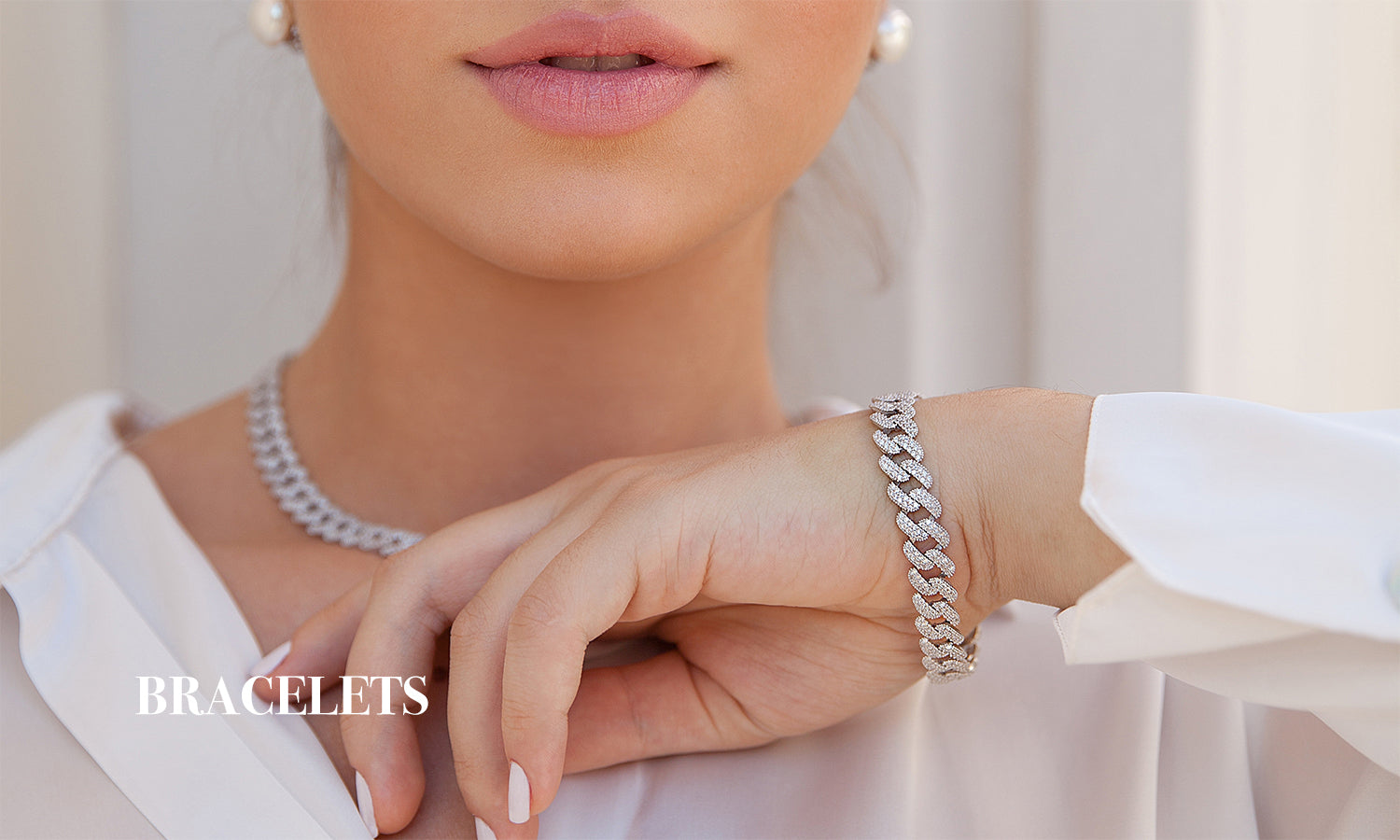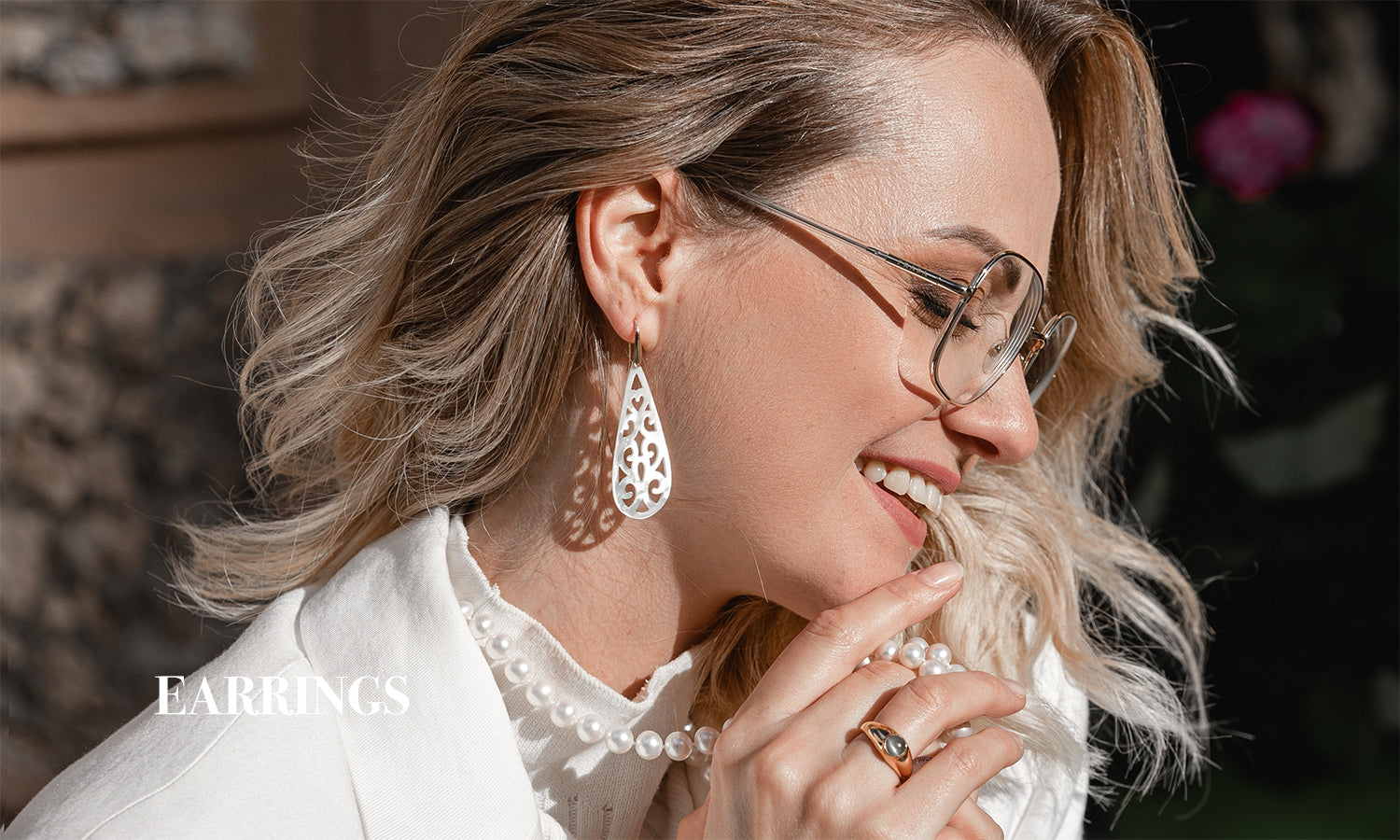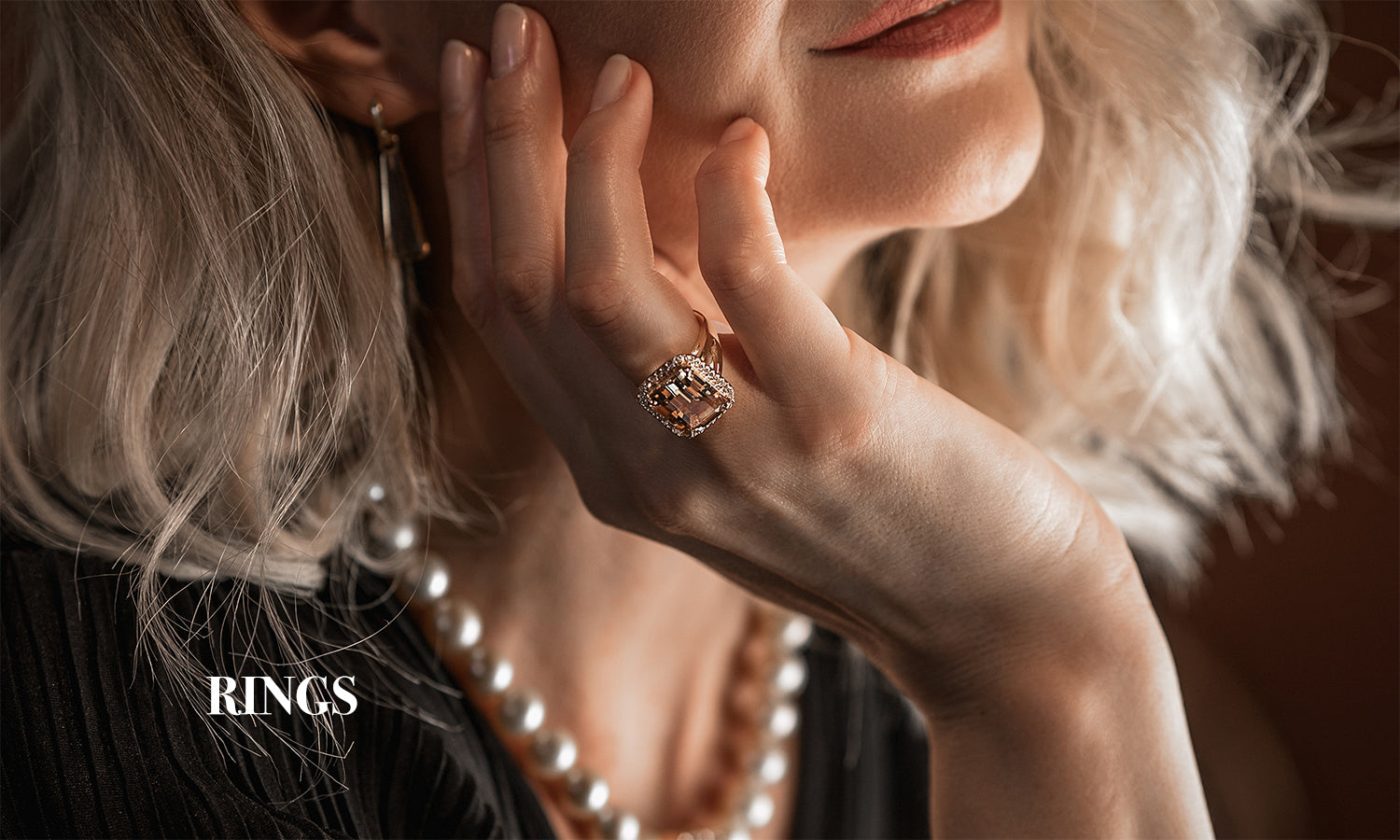
Sparkling Lab-Grown Diamonds: The Future of Elegance and Sustainability
Share
In recent years, lab-grown diamonds have revolutionized the jewelry industry, offering an eco-friendly and cost-effective alternative to traditional mined diamonds. These sparkling gems are not just a trend but a significant shift towards sustainable luxury. Let’s dive into why lab-grown diamonds are becoming the preferred choice for discerning buyers and how they are reshaping the world of fine jewelry.
|
Aspect |
Lab-Grown Diamonds |
Natural Diamonds |
|
Creation Method |
Created in a controlled lab environment (HPHT or CVD) |
Formed naturally under Earth's mantle conditions |
|
Environmental Impact |
Minimal; eco-friendly production |
Significant; involves mining and environmental disruption |
|
Cost |
Typically 20-40% less expensive |
Generally higher in price due to mining and rarity |
|
Ethical Concerns |
Free from conflict or "blood diamond" issues |
Risk of conflict or unethical mining practices |
|
Customization |
Greater flexibility in design and size |
Limited by natural availability and size constraints |
|
Quality |
Identical physical, chemical, and optical properties as natural diamonds |
Traditional quality factors (Cut, Color, Clarity, Carat) |
|
Future Outlook |
Growing popularity due to sustainability and innovation |
Continued demand but with increasing awareness of ethical concerns |
What Are Lab-Grown Diamonds?

Lab-grown diamonds, also known as synthetic diamonds or cultured diamonds, are real diamonds created in a controlled environment. They possess the same physical, chemical, and optical properties as natural diamonds, making them virtually indistinguishable from their mined counterparts. These diamonds are created using two main methods: High Pressure High Temperature (HPHT) and Chemical Vapor Deposition (CVD).
- High Pressure High Temperature (HPHT):This method mimics the natural conditions under which diamonds form in the Earth’s mantle. Carbon is subjected to extreme pressure and temperature to crystallize into diamond.
- Chemical Vapor Deposition (CVD):In this process, a carbon-rich gas is ionized to form a plasma, which then deposits carbon atoms onto a diamond seed, gradually growing a diamond crystal.
Benefits of Choosing Lab-Grown Diamonds

1. Sustainability
Lab-grown diamonds are a green alternative to mined diamonds. Traditional diamond mining can cause significant environmental damage, including habitat destruction and pollution. Lab-grown diamonds, on the other hand, are produced in a controlled environment with minimal environmental impact. By choosing lab-grown diamonds, consumers can enjoy beautiful jewelry while supporting eco-friendly practices.
2. Affordability
One of the most compelling reasons to choose lab-grown diamonds is their cost-effectiveness. Lab-grown diamonds typically cost 20-40% less than natural diamonds of similar quality. This price advantage allows buyers to get a larger or higher-quality diamond for the same budget, or to invest in additional pieces of jewelry.
3. Ethical Considerations
Lab-grown diamonds eliminate concerns related to "blood diamonds" or conflict diamonds, which are mined in war zones and sold to finance armed conflict. By opting for lab-grown diamonds, consumers ensure their purchase is free from ethical concerns associated with traditional diamond mining.
4. Customization and Variety
Lab-grown diamonds offer greater flexibility in customization. Jewelers can create unique designs and sizes that might be challenging or impossible with natural diamonds. This allows customers to tailor their jewelry to their personal taste and preferences.
How to Choose the Perfect Lab-Grown Diamond

When selecting a lab-grown diamond, the same quality factors apply as with natural diamonds. Consider the Four Cs: Cut, Color, Clarity, and Carat Weight. Here’s a brief overview:
- Cut:The quality of the cut affects how well the diamond reflects light. Opt for a well-cut diamond for maximum sparkle.
- Color:Lab-grown diamonds come in a range of colors, from colorless to shades of yellow or pink. Choose a color that best suits your taste and preference.
- Clarity:This refers to the presence of internal or external flaws, known as inclusions and blemishes. Higher clarity diamonds are rarer and more valuable.
- Carat Weight:Carat measures the size of the diamond. Larger diamonds are more valuable, but remember that lab-grown diamonds offer more size for less cost.
The Future of Lab-Grown Diamonds

The lab-grown diamond industry is rapidly advancing, with continuous improvements in technology and quality. As more consumers become aware of the benefits of lab-grown diamonds, their popularity is expected to rise. This shift not only supports sustainable practices but also encourages innovation and ethical responsibility within the jewelry market.
Conclusion
Sparkling lab-grown diamonds represent a blend of elegance, affordability, and sustainability. Whether you’re shopping for an engagement ring, a special gift, or a personal indulgence, lab-grown diamonds offer a compelling choice for modern consumers. Embrace the future of fine jewelry with lab-grown diamonds and enjoy the beauty and brilliance of these ethical, eco-friendly gems.




